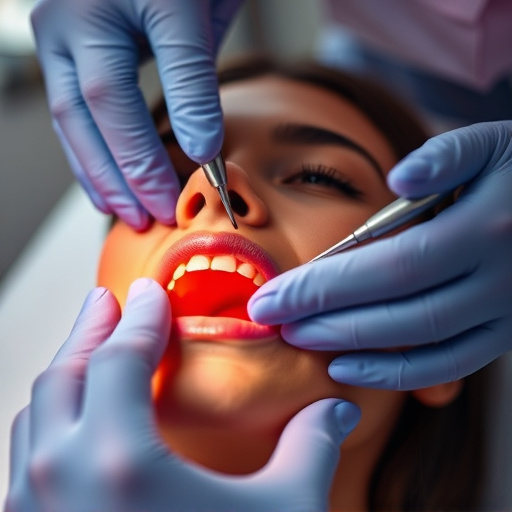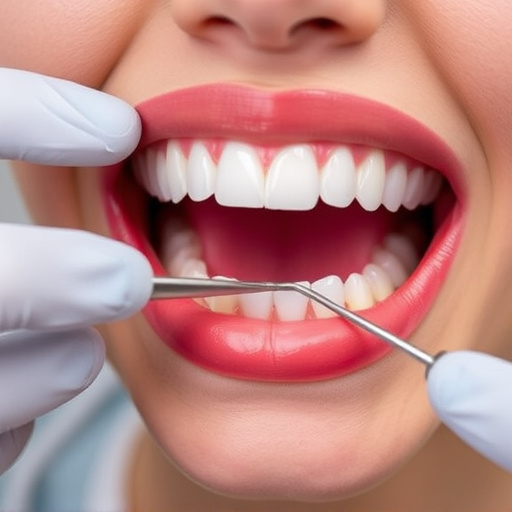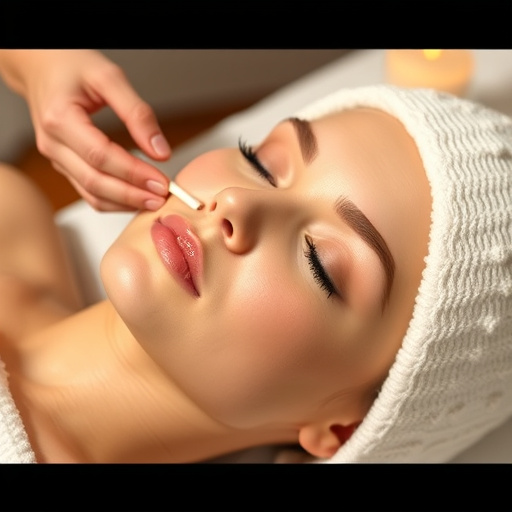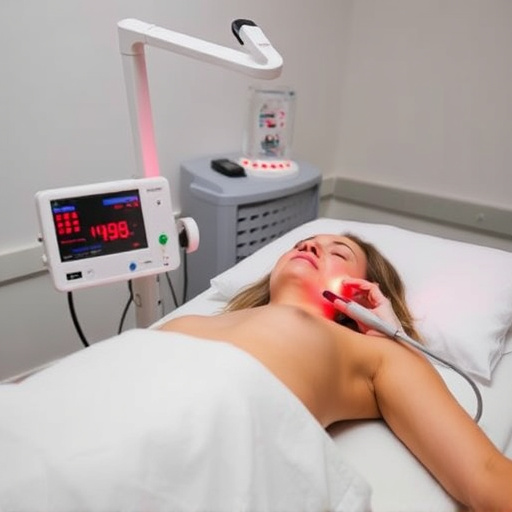Sebaceous filaments, tiny openings releasing sebum, are crucial for skin health but can cause clogged pores and acne. Dermatologists recommend sebaceous filament removal for clear, healthy skin. Non-surgical methods like microneedling and professional skincare treatments safely reduce filament visibility. Holistic practices, including cleansing and sun protection, complement these techniques for long-term skin health.
Sebaceous filaments, tiny openings at the tip of each hair follicle, play a vital role in skin health by producing sebum, our natural moisturizer. However, their visibility on the nose and other areas can prompt questions about removal. This article delves into the dermatologists’ perspective on sebaceous filament removal, exploring safety concerns, effectiveness, and reliable methods for achieving smoother skin without compromising skin health.
- Understanding Sebaceous Filaments: What They Are and Their Role
- Dermatologist's Perspective on Removing Sebaceous Filaments
- Safe and Effective Methods for Sebaceous Filament Extraction
Understanding Sebaceous Filaments: What They Are and Their Role
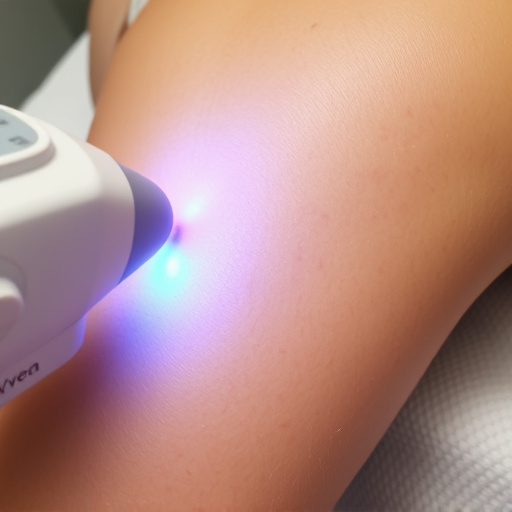
Sebaceous filaments are tiny openings on the skin’s surface that connect oil glands to hair follicles. These filaments play a vital role in skin health and appearance, as they facilitate the release of sebum, a natural oil that moisturizes and protects the skin. While they are generally harmless, some individuals may seek sebaceous filament removal for aesthetic reasons or to address specific concerns.
Understanding these structures is crucial when considering facial treatments and skin rejuvenation techniques. Non-surgical treatments, for instance, can target excess sebum production and blockages without affecting the surrounding skin. This approach is particularly beneficial for those aiming to minimize the appearance of pores or prevent acne breakouts caused by clogged sebaceous filaments.
Dermatologist's Perspective on Removing Sebaceous Filaments
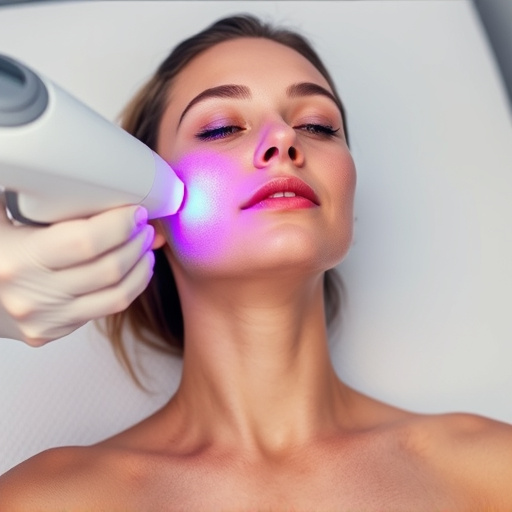
Dermatologists view sebaceous filament removal as an important aspect of maintaining healthy skin. While these tiny plugs, composed of sebum and dead skin cells, are a natural part of the skin’s structure, excessive buildup can lead to clogged pores, acne, and even visible sebaceous filaments that many individuals find aesthetically displeasing. From a dermatologist’s perspective, addressing sebaceous filament removal safely and effectively is crucial for both cosmetic and dermatological reasons.
Many medical spa services offer specialized treatments designed to refine pores and reduce the appearance of sebaceous filaments without causing damage or irritation. These procedures often involve gentle exfoliation techniques or topical solutions that help unclog pores and minimize their visibility, leading to smoother, clearer skin. Additionally, focusing on holistic skin care practices, such as regular cleansing, moisturizing, and protecting the skin from sun exposure, can also play a significant role in managing sebaceous filament buildup and promoting overall skin health, including wrinkle reduction over time.
Safe and Effective Methods for Sebaceous Filament Extraction

When it comes to safe and effective methods for sebaceous filament removal, dermatologists recommend a few tailored approaches. One popular choice is microneedling therapy, which involves using tiny needles to create controlled micro-injuries in the skin. This process prompts the production of collagen and elastin, helping to soften and unclog pores, thereby reducing the appearance of sebaceous filaments. It’s crucial to ensure that this procedure is performed by a qualified professional to minimize risks of infection or scarring.
Another effective strategy for addressing sebaceous filament removal is incorporating professional skincare into your routine. This includes regular exfoliation with chemical peels or specialized cleansers designed to dissolve excess sebum and unclog pores. Additionally, anti-aging treatments like retinoids can be beneficial, as they help normalize skin cell turnover and reduce the buildup of dead skin cells that contribute to clogged pores. By combining these techniques with a consistent skincare regimen, you can achieve smoother, clearer skin without resorting to harsh or invasive procedures.
While understanding the role of sebaceous filaments in skin health is essential, dermatologists generally advise against routine removal. Unless causing significant cosmetic concern or impacting skin health, leaving sebaceous filaments intact allows for natural protection and oil regulation. When considering sebaceous filament removal, it’s crucial to opt for safe, effective methods performed by professionals to avoid damage and maintain healthy skin. Always consult a dermatologist for personalized advice tailored to your skin type and concerns regarding sebaceous filament removal.

